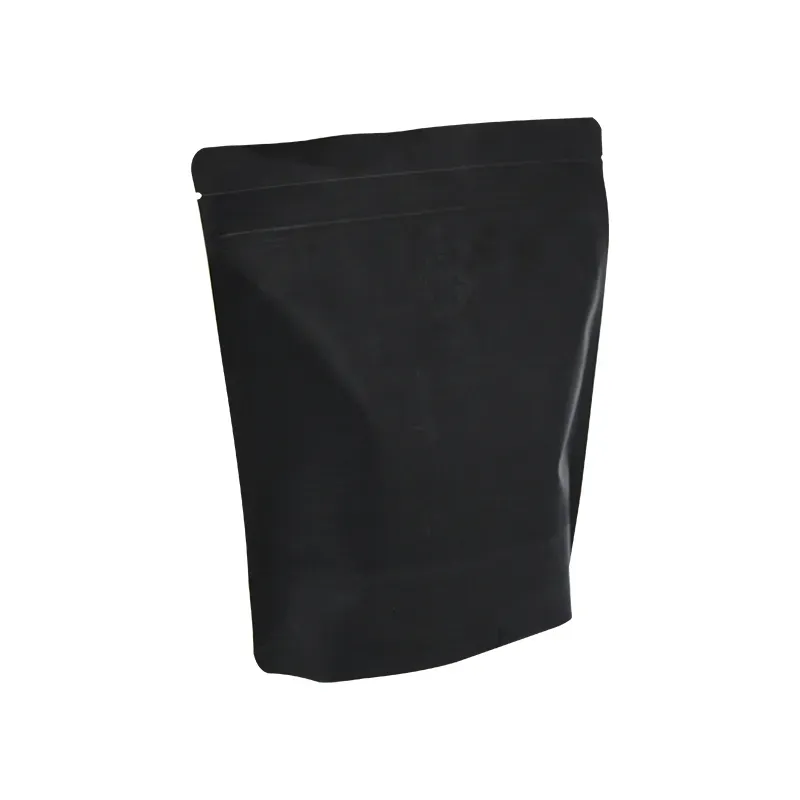- Afrikaans
- Albanian
- Amharic
- Arabic
- Armenian
- Azerbaijani
- Basque
- Belarusian
- Bengali
- Bosnian
- Bulgarian
- Catalan
- Cebuano
- chinese_simplified
- chinese_traditional
- Corsican
- Croatian
- Czech
- Danish
- Dutch
- English
- Esperanto
- Estonian
- Finnish
- French
- Frisian
- Galician
- Georgian
- German
- Greek
- Gujarati
- haitian_creole
- hausa
- hawaiian
- Hebrew
- Hindi
- Miao
- Hungarian
- Icelandic
- igbo
- Indonesian
- irish
- Italian
- Japanese
- Javanese
- Kannada
- kazakh
- Khmer
- Rwandese
- Korean
- Kurdish
- Kyrgyz
- Lao
- Latin
- Latvian
- Lithuanian
- Luxembourgish
- Macedonian
- Malgashi
- Malay
- Malayalam
- Maltese
- Maori
- Marathi
- Mongolian
- Myanmar
- Nepali
- Norwegian
- Norwegian
- Occitan
- Pashto
- Persian
- Polish
- Portuguese
- Punjabi
- Romanian
- Russian
- Samoan
- scottish-gaelic
- Serbian
- Sesotho
- Shona
- Sindhi
- Sinhala
- Slovak
- Slovenian
- Somali
- Spanish
- Sundanese
- Swahili
- Swedish
- Tagalog
- Tajik
- Tamil
- Tatar
- Telugu
- Thai
- Turkish
- Turkmen
- Ukrainian
- Urdu
- Uighur
- Uzbek
- Vietnamese
- Welsh
- Bantu
- Yiddish
- Yoruba
- Zulu
Conversion Chart for Inches to Millimeters Easy Reference Guide
Understanding the Inches to Millimeters Conversion A Comprehensive Guide
When it comes to measurements, particularly in the fields of engineering, manufacturing, and everyday applications, the ability to convert between inches and millimeters is essential. While inches are predominantly used in the United States, millimeters are a standard in most other parts of the world. This article delves into the importance of the inches to millimeters conversion, provides a handy chart for reference, and highlights practical applications.
To start, understanding the basic conversion between inches and millimeters is crucial. One inch is equivalent to 25.4 millimeters. This precise value is foundational and can be used to convert any measurement given in inches to its millimeter counterpart. For instance, if you have a piece of lumber that is 5 inches wide, you can easily find its width in millimeters by multiplying 5 by 25.4, which yields 127 mm.
Understanding the Inches to Millimeters Conversion A Comprehensive Guide
In several industries, the need for accuracy is paramount. For example, in manufacturing, tolerances are often specified in millimeters, so engineers and designers need to make sure that parts measured in inches are accurately converted to meet specifications. A small error in conversion can lead to significant issues in a product’s fit, function, and overall quality.
inches into mm chart

Another critical area where the inches to millimeters conversion is important is in construction. Builders and architects frequently work with both systems. When calculations involve dimensions from different countries or materials sourced globally, ensuring that all measurements are consistent can prevent costly mistakes. A simple reference chart can be a lifesaver on job sites where quick conversions are necessary.
In addition to engineering and construction, the inches to millimeters conversion is equally significant in everyday life. Many consumer products, such as clothing, furniture, and appliances, utilize one measurement system or another. When shopping online, customers may need to convert sizes to make sure products fit their space or match their personal preferences. For example, if a couch's dimensions are listed in inches, and a consumer is accustomed to metric measurements, having a chart on hand allows for a quick and accurate conversion.
In a world that is increasingly interconnected, familiarity with both measurement systems becomes a necessary skill. Many people today travel internationally or work in diverse teams where both metric and imperial measurements are used. Being adept at converting between the two not only boosts confidence but also enhances communication among team members and stakeholders.
In conclusion, the inches to millimeters conversion is more than just a simple mathematical exercise; it is a vital skill that plays a crucial role in several aspects of life and work. A comprehensive inches to millimeters chart serves as a valuable tool in achieving accuracy and facilitating communication in various industries. Whether you are a professional engineer, a teacher, or just someone looking to make everyday purchases, understanding this conversion will empower you to navigate both measurement systems with ease and confidence. Remember, with a little practice and the help of a handy chart, converting inches to millimeters will become second nature.













